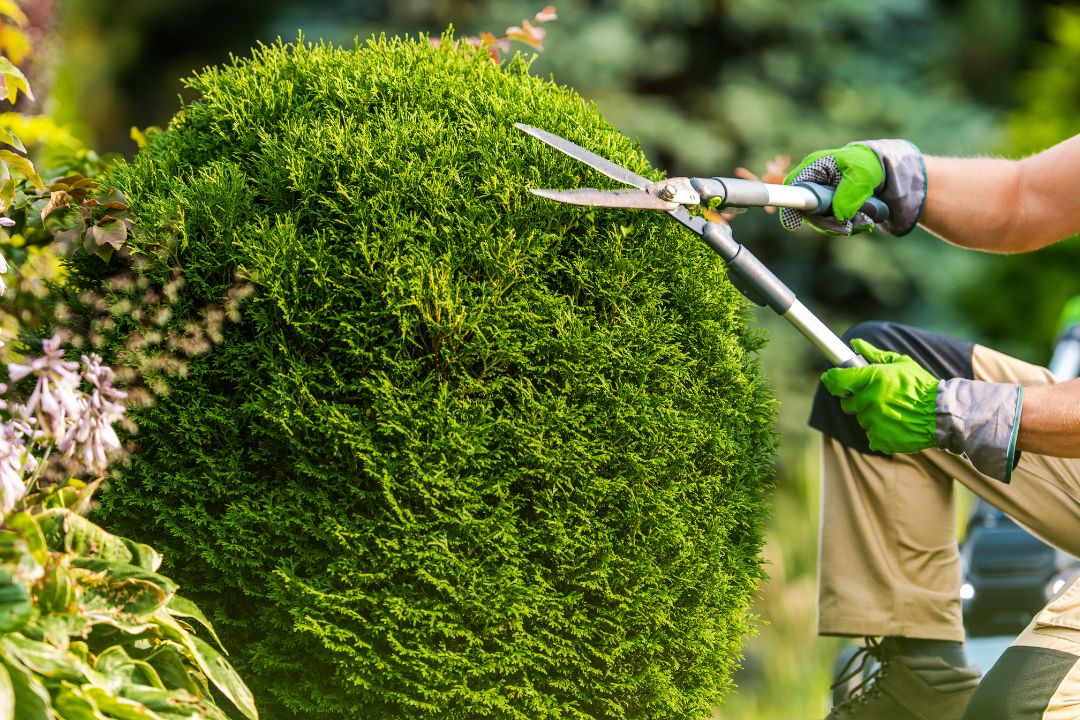


Trees provide beauty, shade, and value to any property, but without proper care, they can also become safety hazards. Regular tree trimming is one of the most essential maintenance tasks for homeowners looking to protect their investment and ensure a safe, appealing environment year-round.
At Salas Services, we help homeowners in the DFW Metroplex and surrounding areas maintain their trees through expert trimming. Here’s how routine tree trimming protects your property—and why it should be on your seasonal checklist.
One of the most immediate dangers of overgrown or dead tree branches is the potential for them to break and fall—especially during storms, high winds, or icy conditions. Falling limbs can cause:
By keeping your trees trimmed, Salas Services removes these risks before they turn into costly problems.
Overhanging branches often rub against rooftops, wear down shingles, and clog gutters with debris. They may also tangle with power lines, creating a major fire and electrical hazard. Tree trimming helps:
Our team ensures safe trimming practices that protect both your tree and your property.
Regular trimming is critical to the health of your trees. It eliminates diseased, dying, or infested branches and allows for improved airflow and sunlight penetration. This leads to:
Healthy trees live longer and continue to enhance your landscape for decades.
A well-trimmed tree is a beautiful tree. Routine tree trimming creates a clean, manicured appearance that boosts your property’s curb appeal. Whether you're prepping your home for sale or just want to impress the neighbors, tidy trees make a powerful impression.
Salas Services shapes and sculpts trees for visual balance, symmetry, and beauty—customized to your landscape’s design.
Unchecked growth can lead to weak branch unions or branches competing for space. This puts stress on the tree and increases the chance of structural failure. Tree trimming corrects poor growth patterns by:
It’s a small step with big safety benefits.
Each season brings unique challenges for your trees:
Salas Services offers seasonal trimming schedules to make sure your property is always protected—no matter the time of year.

Here are the most common questions client’s usually have for us. Still have more questions? Contact Us.
Yes, we offer emergency tree removal services for situations such as storm damage, fallen trees, or hazardous trees posing an immediate risk. Contact us at [phone number] as soon as possible in case of emergencies, and our team will prioritize your situation.
We can assist you with the process of obtaining permits for tree removal, if required. The need for permits varies based on local regulations and tree preservation ordinances. Our team will guide you through the necessary steps and provide any documentation or information needed for the permit application.
While trees are generally low-maintenance, certain signs indicate the need for professional intervention. Watch out for symptoms such as extensive dead or dying branches, sudden leaf loss, significant pest infestation, leaning or unstable tree structure, or visible signs of disease or decay. If you notice any of these issues, it's best to consult with our skilled arborists.
Several signs indicate that a tree may need to be removed, including significant structural damage, extensive disease or pest infestation, severe leaning, extensive root damage, or proximity to power lines or structures. Our professional arborists can assess the tree's health and safety to determine if removal is necessary.
The frequency of tree trimming or pruning depends on various factors such as tree species, age, and overall health. As a general guideline, it is recommended to have trees pruned every 3-5 years to maintain their shape, promote healthy growth, and remove any hazardous or dead branches.
The ideal time to plant new trees depends on the tree species and climate. In general, spring and fall are the preferred seasons for tree planting as the weather conditions are more favorable for root establishment. However, it's best to consult with our experts who can provide guidance based on your specific location and tree species.

Can’t find the answer you’re looking for? Please chat with our friendly team.



